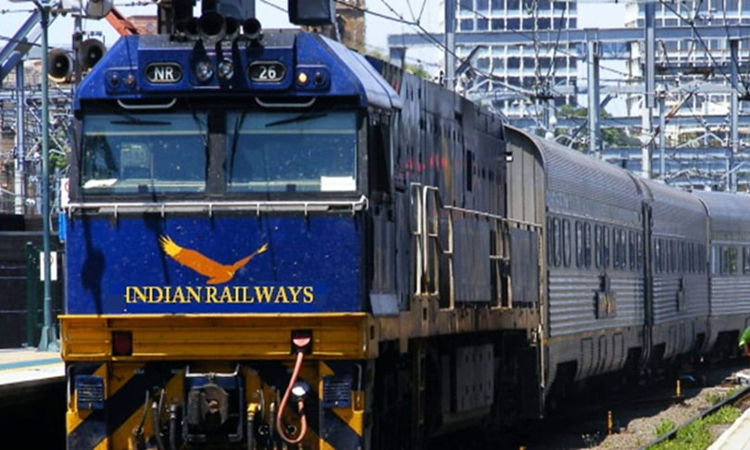The Supreme Court has upheld the termination of Liberalized Active Retirement Scheme for Guaranteed Employment for Safety Staff (LARSGESS) for Railway Employees.The Scheme provided for an avenue of a back door entry into the service of the railways, the bench comprising Justices DY Chandrachud, Indira Banerjee and Sanjiv Khanna said. The court observed thus while dismissing a writ petition...

